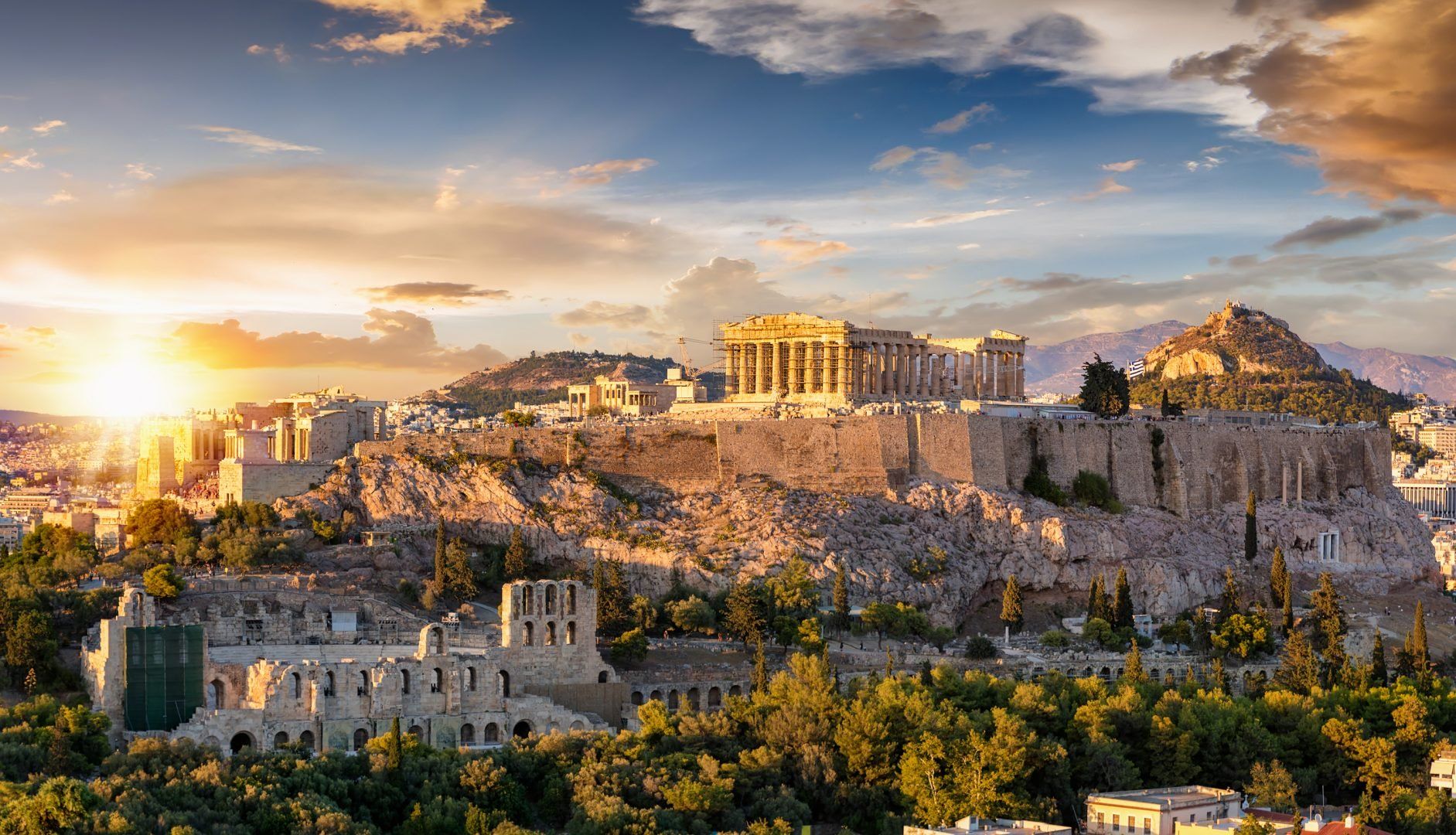The ultimate Greece itinerary for 7 days
Together with our Greece travel experts, we’ve designed the perfect 7-day itinerary, packed with ancient ruins, postcard-perfect islands, and mouthwatering cuisine. If your trip planning to Greece includes history, stunning landscapes, and unforgettable flavors, this guide will help you make the most of your week.
Day 1-2: Athens
The best place to start a 7 day Greece itinerary is in Athens. As the capital of Greece and a city with over 3,400 years of history, Athens is where democracy and Western civilization were born. You'll find a fascinating mix of ancient ruins and a modern, vibrant urban vibe.
Things to do in Athens
Begin your trip with a visit to the Acropolis and Parthenon — two of Greece’s most iconic landmarks. Afterward, you might want to explore the Ancient Agora, which was once the center of Athenian life.
If you enjoy walking through scenic neighborhoods, the Plaka district, with its narrow streets, traditional architecture, and small shops, is a charming area to discover. It’s also a great place to have a meal. To delve deeper into the country's history, the National Archaeological Museum houses a remarkable collection of artifacts that span Greece’s past.
One of the best parts of Athens is how easy it is to explore on foot—many top sites are just a short walk from each other.
Where to stay in Athens
Here are some of our favorite places to stay — but for a more thorough look don’t miss our guide to where to stay in Athens.
- Best for a boutique stay: Kimon Hotel Athens blends modern comfort with traditional Greek hospitality. Its stylish rooms, rooftop terrace overlooking the Acropolis, and central Plaka location make it a great choice for a memorable stay.
- Best for historical charm: Regal Hotel Mitropoleos is a restored neoclassical gem with classic decor, period features, and a prime location, offering old-world charm.
- Best for eco-conscious luxury: Coco-Mat Hotel Athens combines sustainability with comfort, featuring organic mattresses and eco-friendly practices for a luxurious stay.









